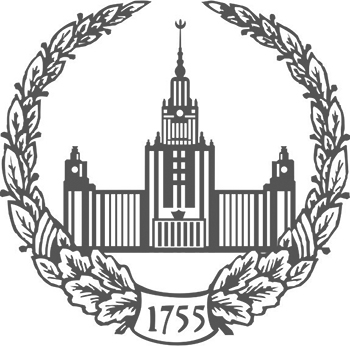Lyudmila Kiryakovna Baturina
-
Milk thistle introduction in the zone of soddy-podzolic soils of the Moscow regionMoscow University Bulletin. Series 17. Soil science. 2025. N 3. p.148-159read more142
-
The article considers the elements of introduction of milk thistle in the zone of soddy-podzolic soils of the Moscow region. The article presents the results of studies on the efficiency of using the complex organo-mineral fertilizer Ideal and foliar feeding with Epin-Extra when growing milk thistle. Foliar feeding with Epin-Extra (24-epibrassinolide) resulted in the highest yield of milk thistle seeds (1.0 t/ha) due to improved yield structure indicators with their best biochemical indicators. It is shown that the studied Ideal and Epin-Extra preparations improved the yield structure: increased the number of heads per 1 plant, the number of seeds, the weight of seeds per head, and the weight of seeds per plant. They had a positive effect on the formation of the yield of milk thistle seeds. Foliar feeding with the preparation "Epin-Extra" (24-epibrassinolide) resulted in the highest yield of milk thistle seeds (1.18 t/ha) due to the improvement of the yield structure indicators with their best biochemical indicators. It was noted that double application of the organo-mineral preparation Ideal and the steroid phytohormone (Epin-extra) leads to stabilization of cell membranes and, as a result, to the optimal physiological state of the whole plant. Double application of the preparation Epin-extra (24-epibrassinolide) for foliar treatment can be considered the most optimal, since it, to a greater extent than the organo-mineral preparation Ideal, promotes stabilization of cell membranes, reduces the loss of electrolytes, potassium and sodium ions and, ultimately, increases the yield of seeds of this crop. When studying the dynamics of the taxonomic structure of bacterial complexes, it was found that 60% of epiphytic bacteria are represented by pigment forms. It has been established that in the phyllosphere and rhizosphere of milk thistle, significant changes in the ecological-trophic structure of the bacterial complex are observed. They are associated with the replacement of eccrisotrophic proteobacteria during the flowering period of plants by bacteria of the hydrolytic complex during the ripening of seeds. It has been revealed that proteobacteria were dominant on the flowers and seeds of milk thistle, their share is 50-70%. It has been established that the share of Rhodococcus is significantly higher on the leaves and roots of milk thistle.Keywords: foliar feeding; growth regulators; grain quality; cell membrane; structures of bacterial complexes
-



